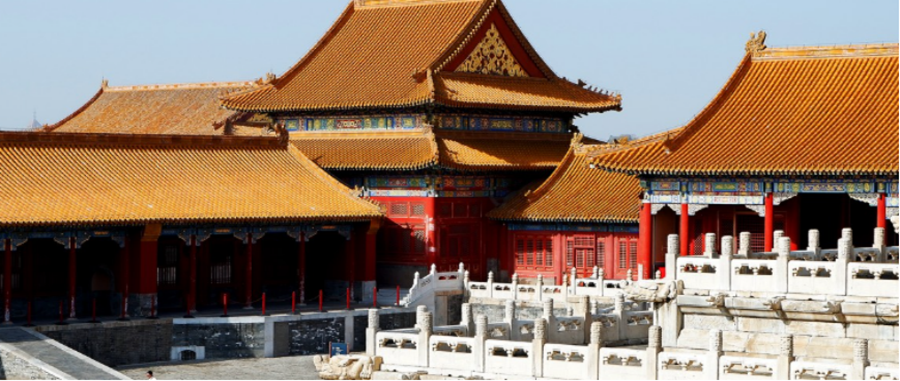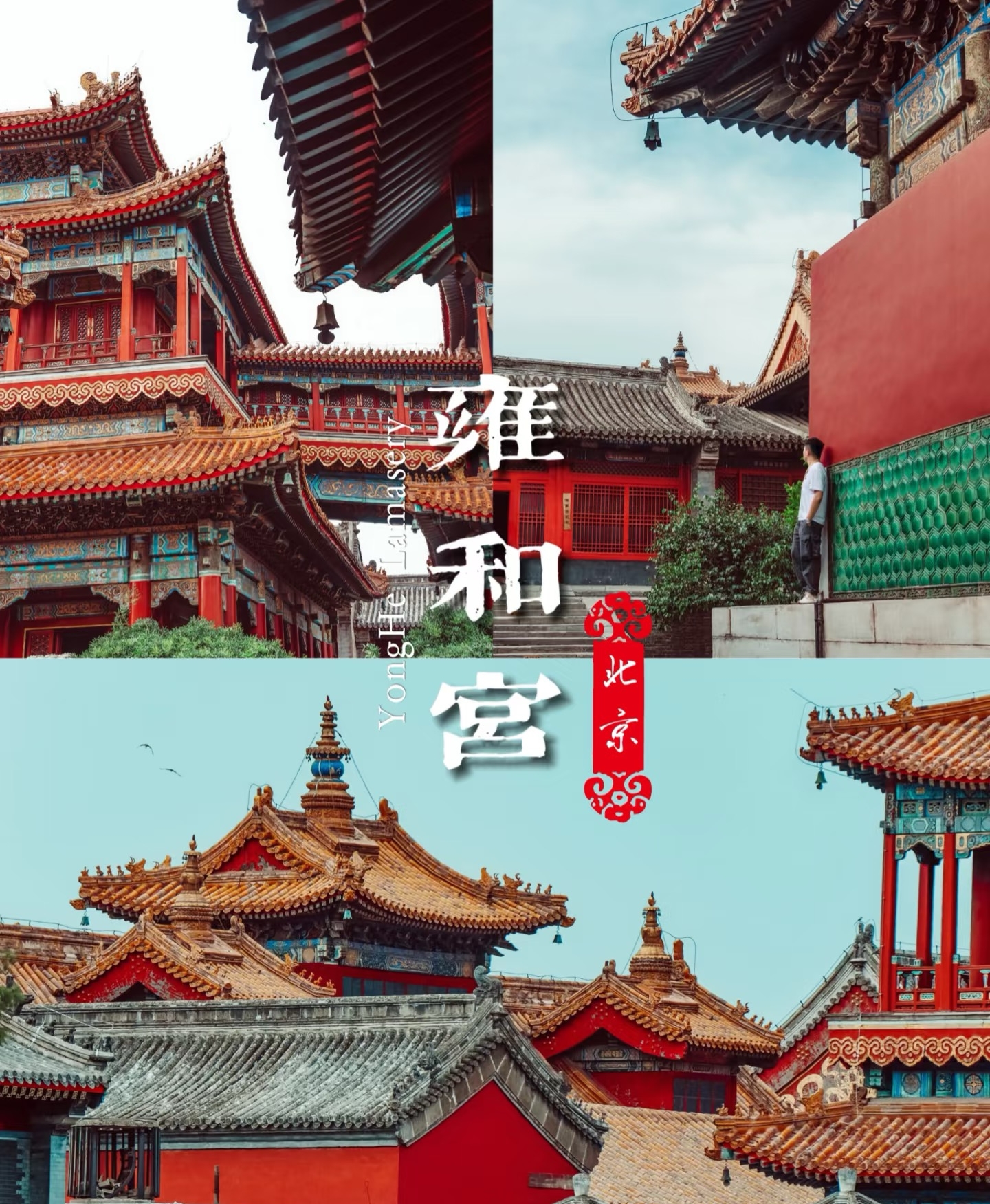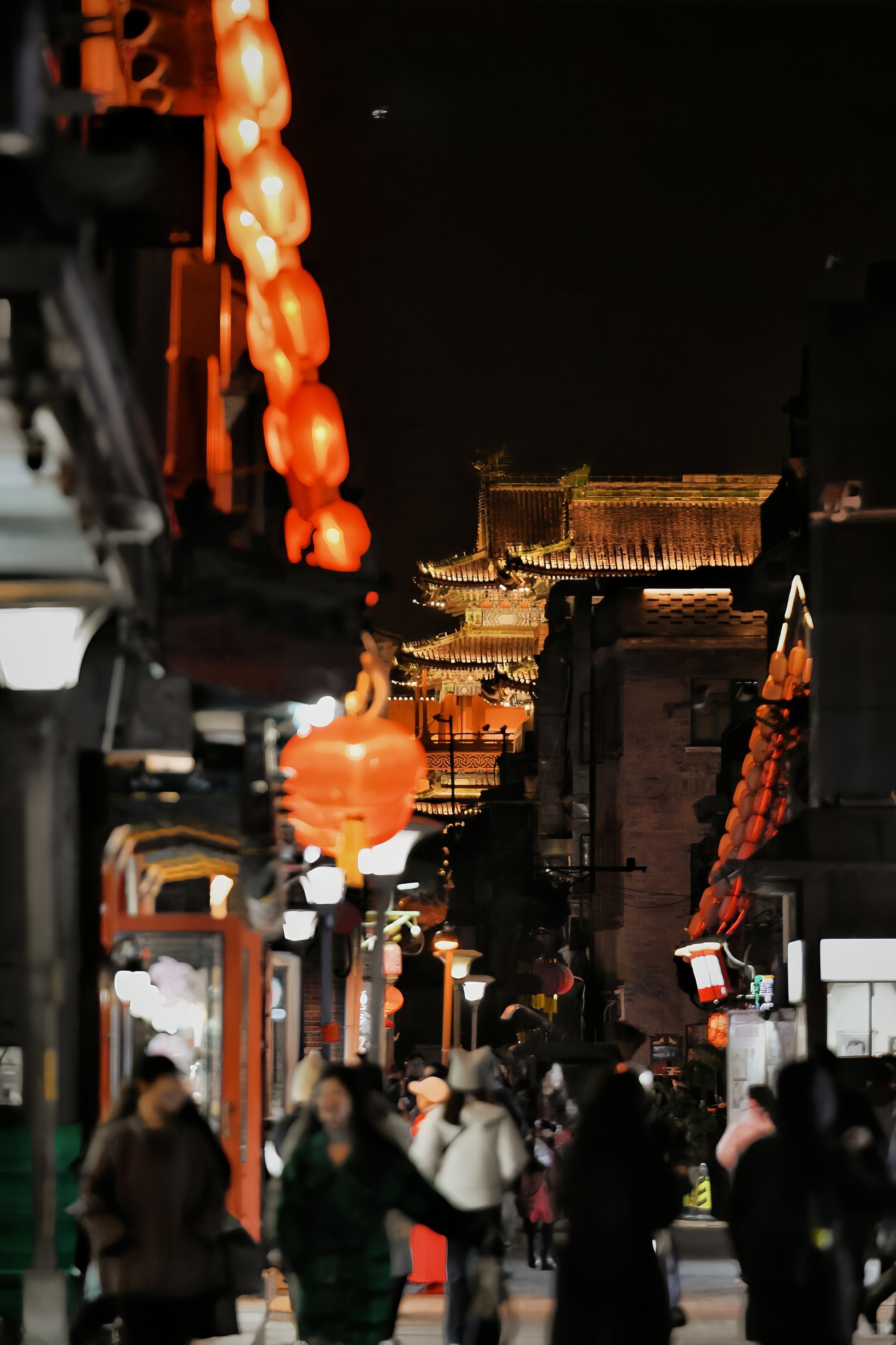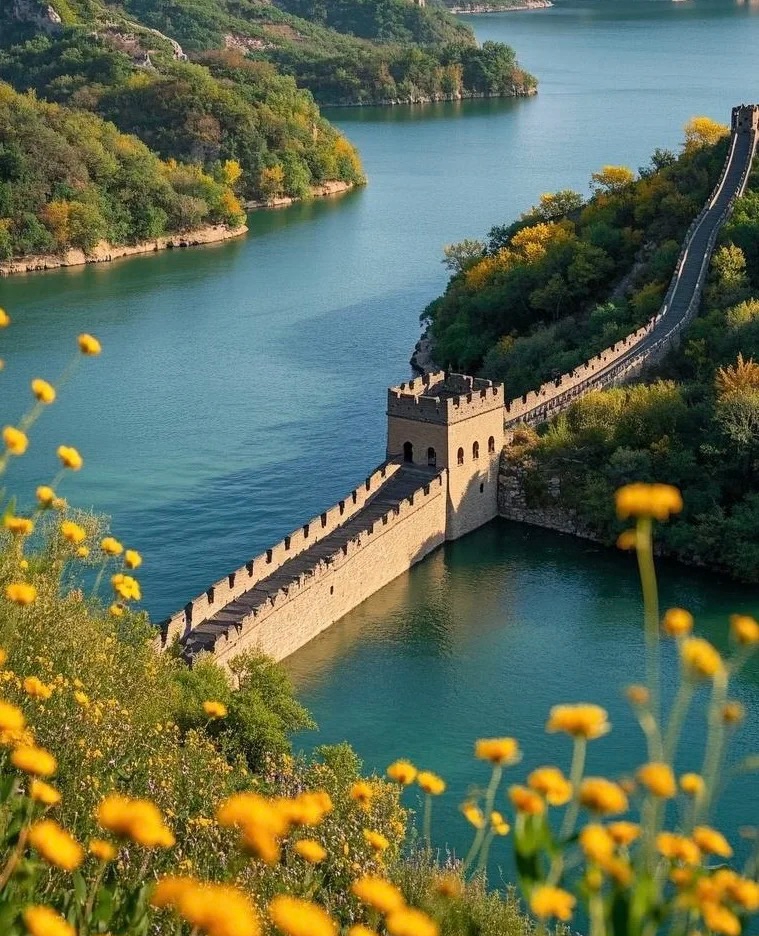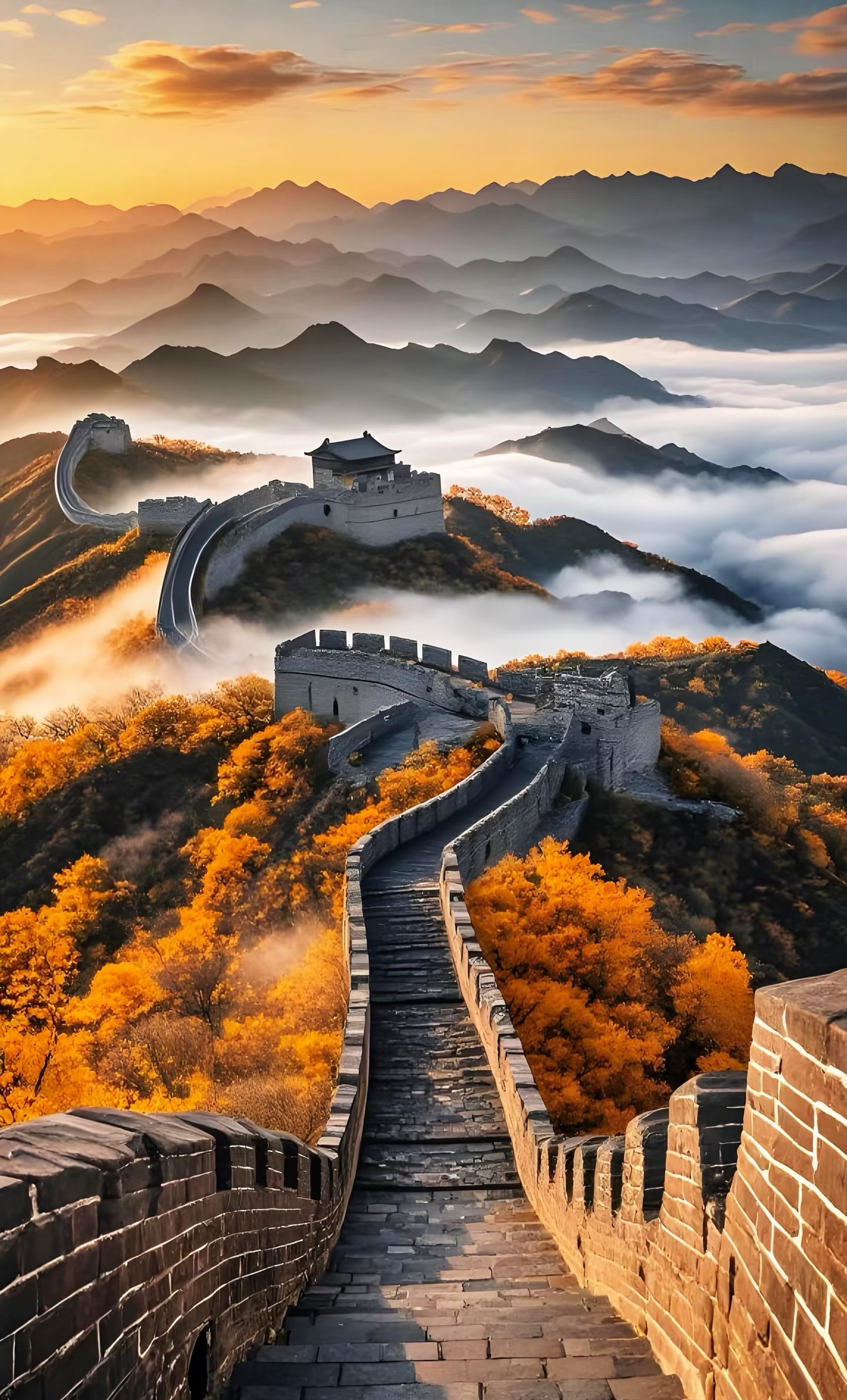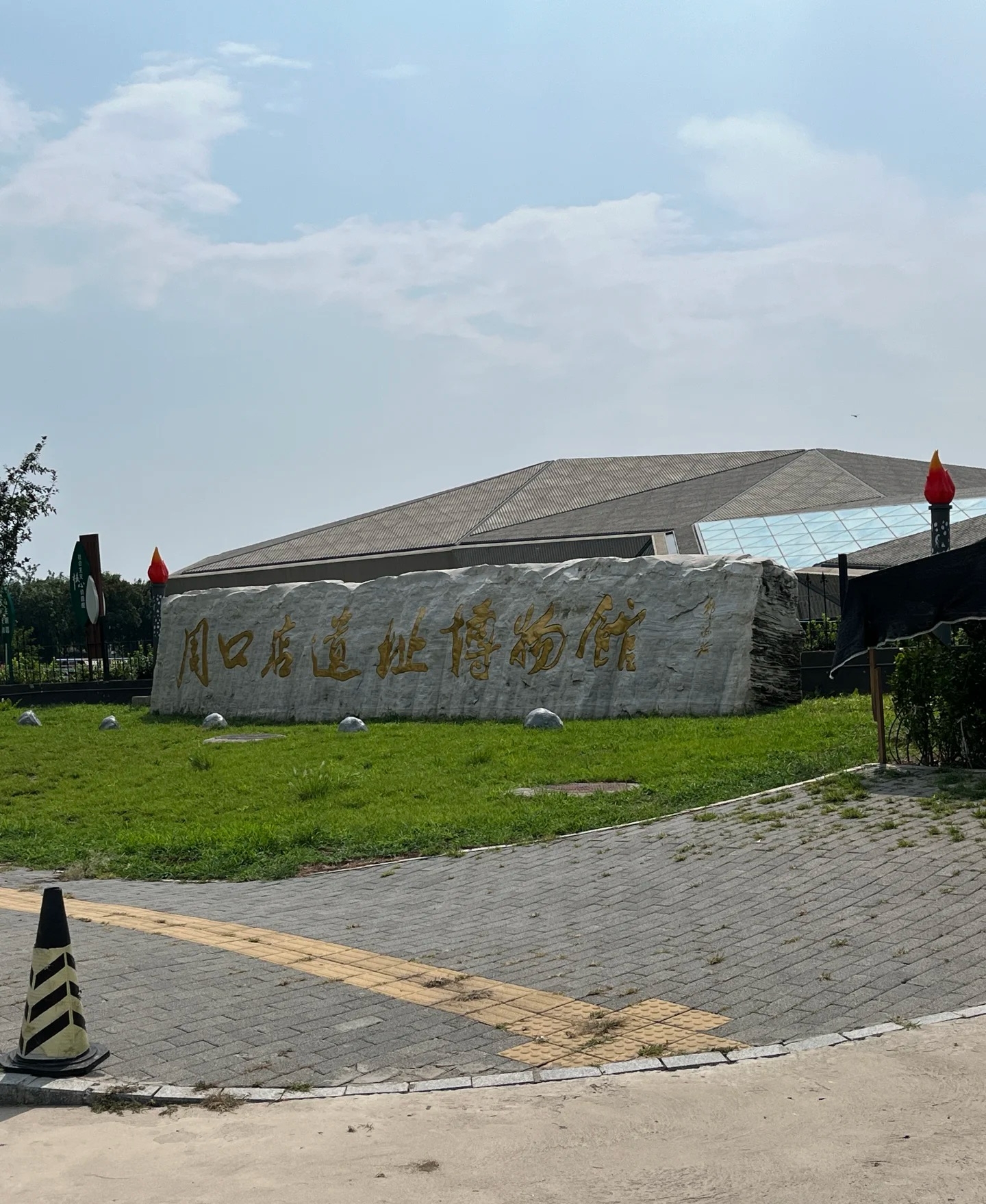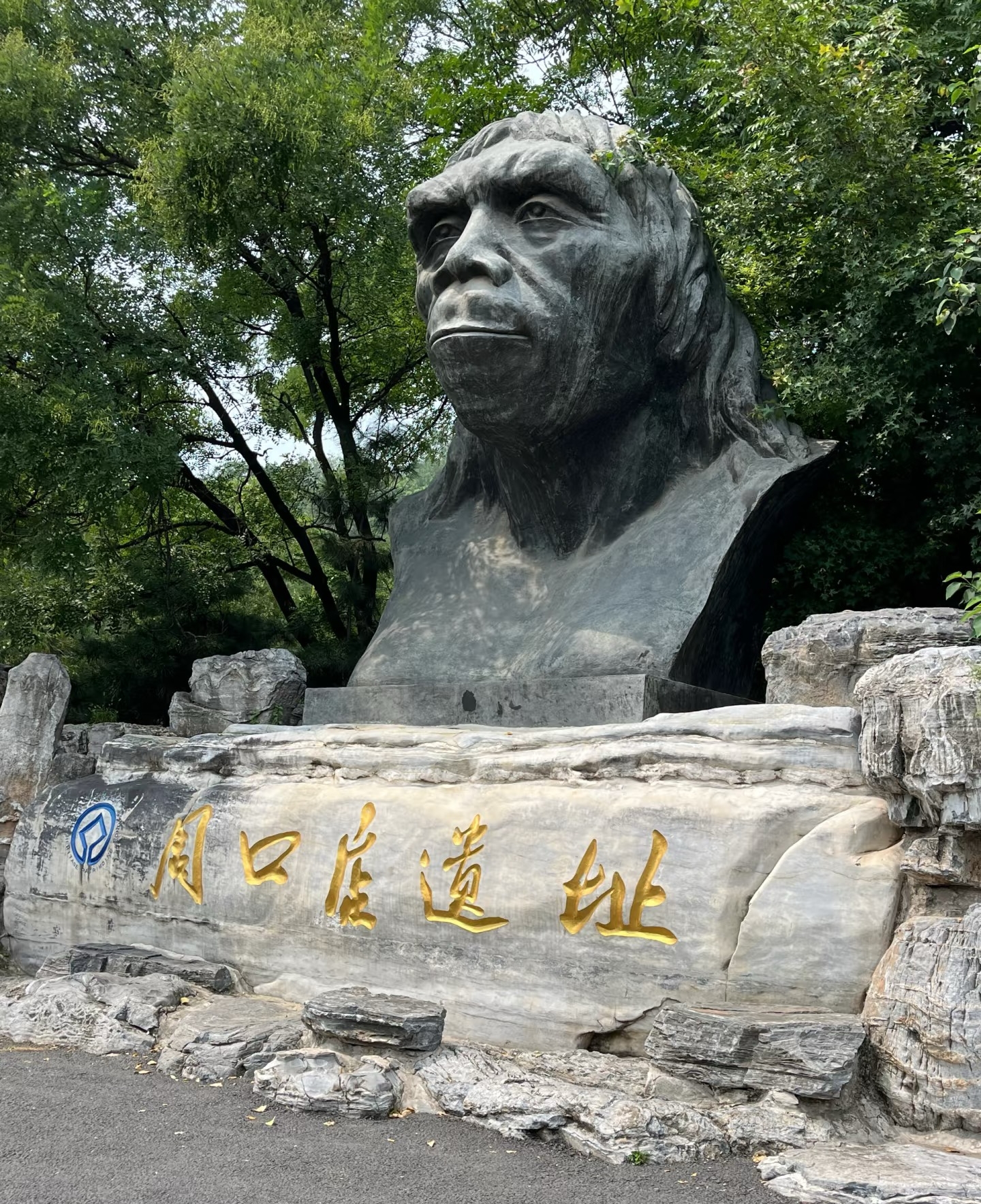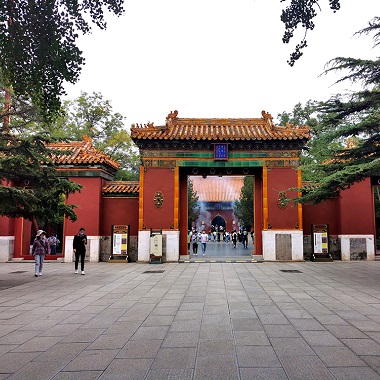



Lama Temple
The Lama Temple, or Yonghe Temple, is the largest and most renowned Tibetan Buddhist temple in Beijing, located in the northeast part of the city. Originally constructed in 1694 during the Qing Dynasty, it was initially served as the residence for Emperor Yongzheng before becoming a monastery. The temple complex covers an area of 66,400 square meters and features a unique blend of Han Chinese and Tibetan architectural styles. Its most impressive feature is a stunning 18-meter-high sandalwood Buddha statue, which is listed in the Guinness Book of World Records. Visitors can explore multiple halls, observe intricate Buddhist artwork, witness traditional religious practices, and experience the spiritual atmosphere of Tibetan Buddhism in the heart of Beijing.
Information
Ticket price
Time
Location
12 Yonghegong St, Dongcheng District, Beijing, China
View maps
More about the trip
🕉️ Tibetan Buddhism in Beijing
Most Spectacular Buddhist Temple in Beijing: Originally Emperor Yongzheng's residence, transformed into a magnificent Tibetan Buddhist monastery. Home to the world's largest sandalwood Buddha statue.
🏛️ Temple Complex Journey
- Gate of Harmony and Peace: Main entrance with beautiful traditional architecture
- Hall of Heavenly Kings: Four guardian statues and Maitreya Buddha
- Hall of Eternal Harmony: Three manifestations of Buddha with stunning decorations
- Hall of Eternal Blessing: Medicine Buddha and healing rituals
- Wanfu Pavilion: The 18-meter sandalwood Buddha (Guinness World Record)
🙏 Spiritual Experience
- Active Monastery: Witness authentic Tibetan Buddhist practices and ceremonies
- Incense Offering: Purchase incense at entrance, follow local customs respectfully
- Prayer Wheels: Spin clockwise while walking around buildings
- Meditation Areas: Quiet spaces for reflection and prayer
⏰ Visiting Guidelines
- Best Times: Early morning (9-10 AM) or mid-afternoon (2-4 PM)
- Duration: 1.5-2 hours for full appreciation
- Respectful Behavior: No photos inside main halls, maintain quiet demeanor
🎨 Architectural Highlights
- Unique blend of Han Chinese and Tibetan architectural styles
- Intricate woodcarvings, colorful Buddhist murals, and golden roof decorations
- Traditional courtyard layout with progressively taller buildings
💡 Cultural Tips
- Visit nearby Guozijian (Imperial College) for a complete cultural experience
- Explore Wudaoying Hutong for trendy cafes and shops afterward
- Learn basic Buddhist etiquette: bow respectfully, no pointing at statues
- The temple is especially atmospheric during evening prayers
🛍️ Nearby Attractions
Imperial College, Confucius Temple, traditional hutong neighborhoods, and hip Wudaoying Hutong with its boutique cafes and artisan shops.

